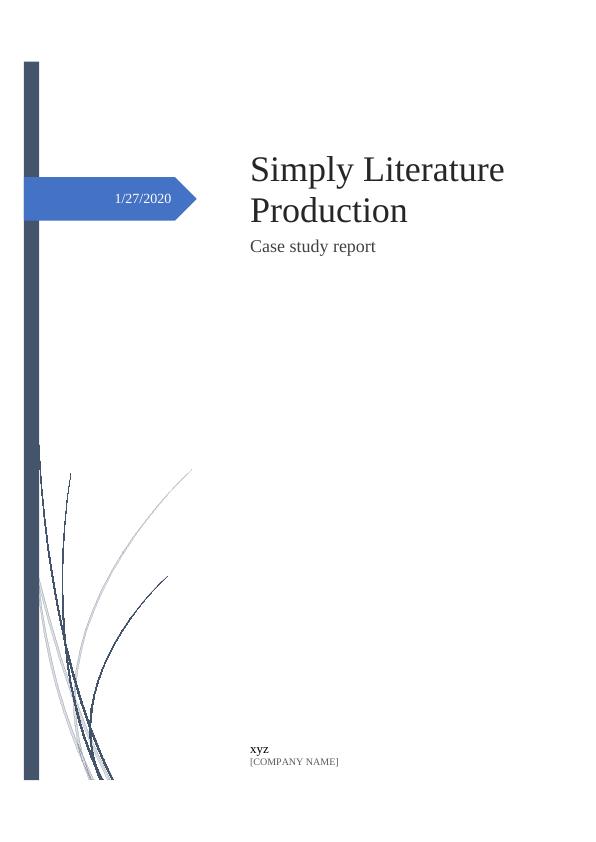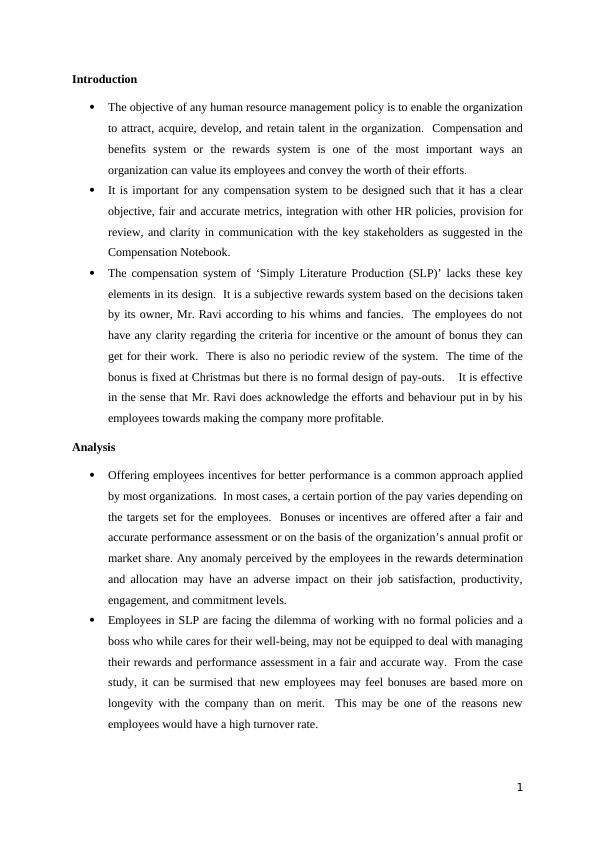HRM Policy | Case Study Report
5 Pages1011 Words14 Views
Added on 2022-08-19
HRM Policy | Case Study Report
Added on 2022-08-19
ShareRelated Documents
End of preview
Want to access all the pages? Upload your documents or become a member.
Compensation and Benefits - Analysis
|5
|1157
|18
Global Human Recourse Management Report 2022
|8
|2002
|21
People and organizational management in Ryanair Report 2022
|13
|2945
|17


